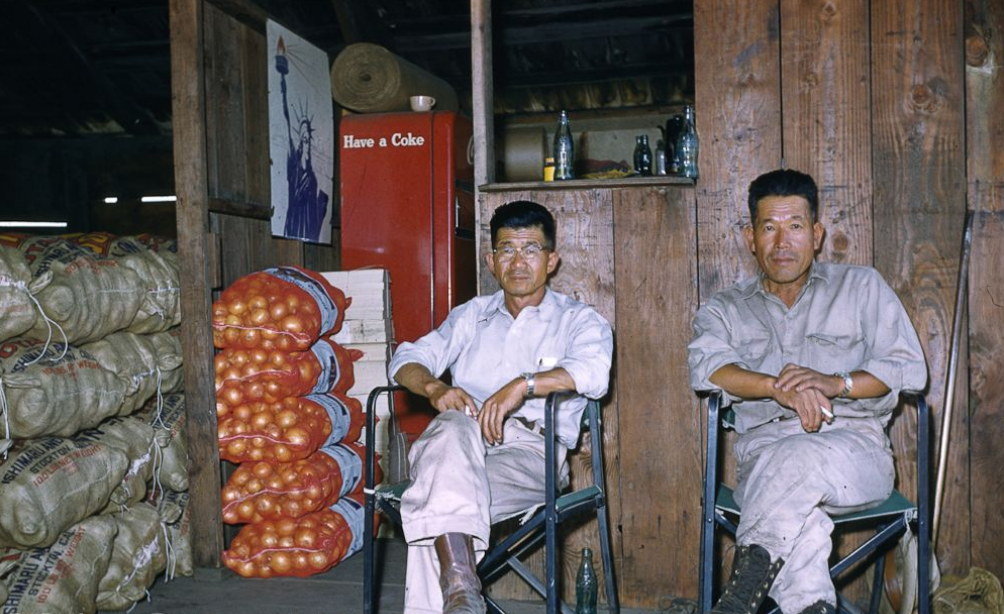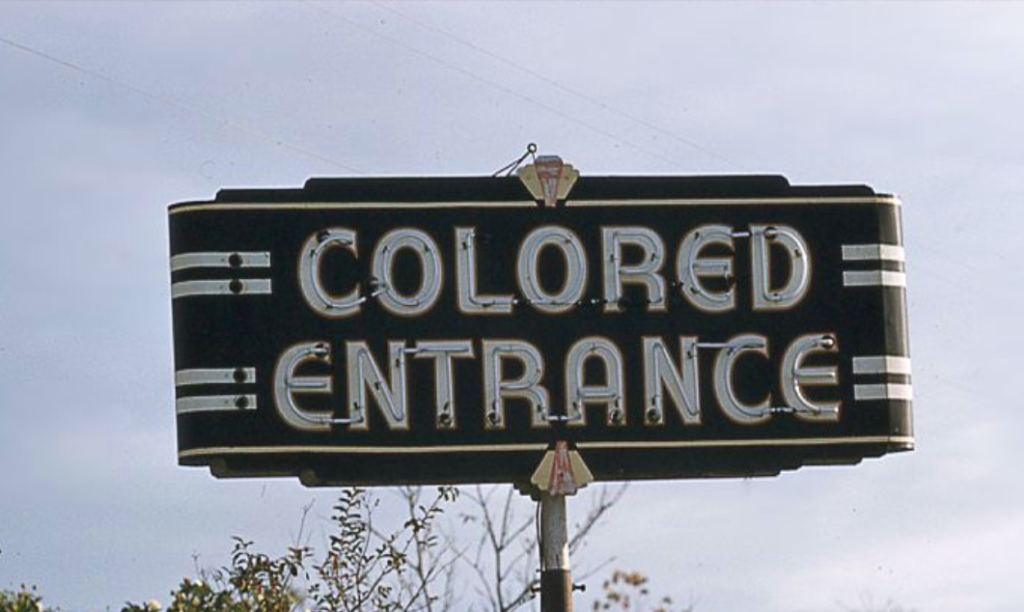
Several years ago, our friends at Teaching for Change gave us an amazing book of photos by Harvey Richards, a documentary photographer and filmmaker who was at the front lines of social and environmental justice movements for decades. It didn’t take us long to contact the book’s author and Harvey’s son, Paul, in Berkeley to see if we could map some of these historic photographs. Thanks to three generations of Richards’ and one amazing intern, the collection is now online at Historypin.org, with over 1,000 images mapped for the first time.
Harvey Richards (1912-2001) used photo images to help the civil rights, peace, ecology and the labor movement causes he believed in. He worked independently to advance these causes at the front lines when the mainstream mass media was absent and hostile, which happened frequently in the early 1960’s.



Historypin partnered with Harvey’s son, Paul, and granddaughter Jessica to map out over 1,000 images, using the existing metadata and photo information, as well as collective family memory. Subjects include images shot in Mississippi in 1963 and 1964 during the Civil Rights Movement, the everyday lives of California farm workers and Montana miners, and many peace and civil rights movements during the 1960’s including Vietnam War protests. In a partnership with New Door Ventures in San Francisco, we’re fortunate to have amazing paid interns that receive valuable job training while learning about technology and cultural heritage. We teamed our intern Kayly, a budding photographer herself, with Paul and Jessica. A quick study, Kayly was able to organize the data associated with these photos and take Harvey’s original location notes to attribute geographical coordinates for the cities and counties he visited. Here she describes her experience working on this project and her favorite collections:
“After discovering some of the locations [for the photos] in “Critical Focus,” a book sharing the black and white photographs of Harvey Wilson Richards, a good chunk of my time was spent analyzing the remaining photos and connecting each of them to a place. During this time, I was able to really appreciate the magnitude of Harvey Richard’s work.
My favorite photos to work with were environmental-based, because I believe it is still an issue our country isn’t taking seriously. I deeply admire the effort Harvey Richards undertook to draw attention to the fact that we were, and still are, destroying our planet little by little. His collections such as “When Filling The San Francisco Bay was Legal, 1969,” “The Last Giant Redwoods Come Down,” and “Giant Machinery Devours Forest” show how man has made a not so positive impact on our environment. Drawing attention to these matters is important and I feel very lucky to have had the chance to work so closely with these collections.”
Many of these images are pinned to larger towns and cities and do not have exact locations; if you can help us narrow down the location of a particular pin(s), please share your suggestions on those individual pin views. We will be introducing new location suggestions tools on Historypin to make this process even easier, so keep a look out for an announcement from us!
This was a great experience of working across generations to share and map important local stories. If you would like any tips or advice to run a similar project, please get in touch with Kerri Young, Historypin Engagement Manager at kerri.young@historypin.org.
If you are interested in purchasing or licensing any of these photos, please visit Estuary Press, or buy the book this digital collection is based on. You can now explore the entire mapped digital collection here.